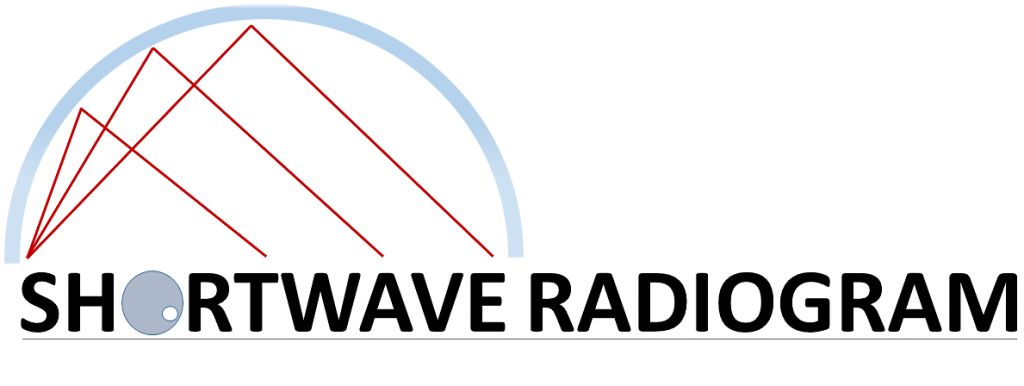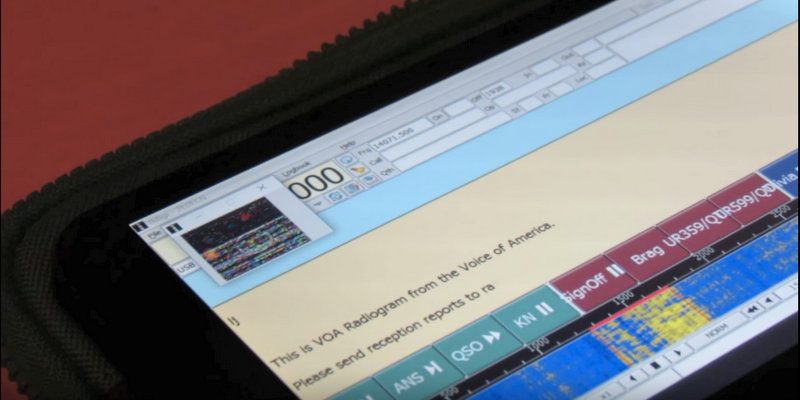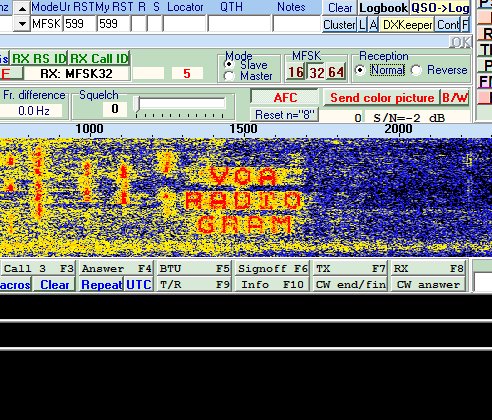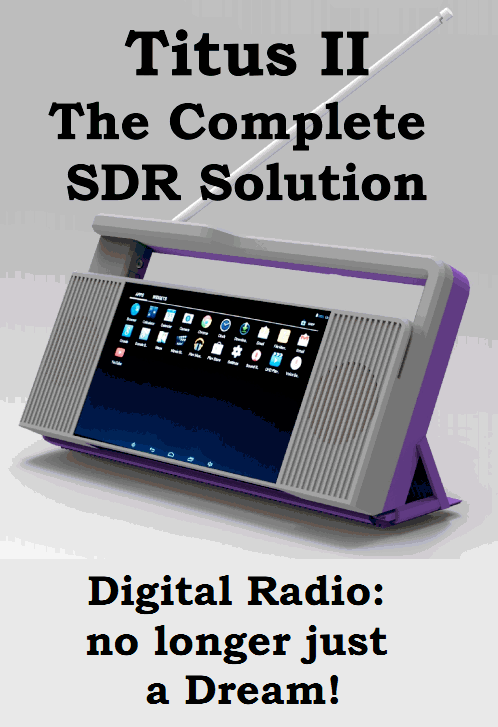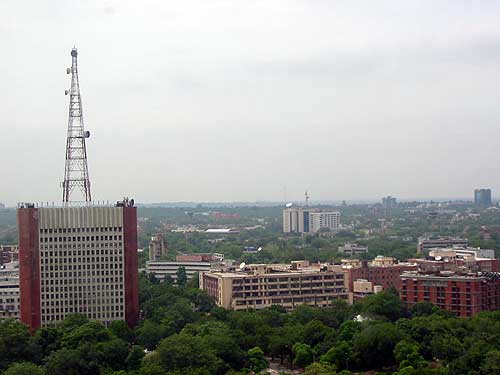The last VOA Radiogram is this weekend. The successor to VOA Radiogram is Shortwave Radiogram, which will be broadcast for the first time on 25 June on the WRMI times and frequencies in the schedule below.
To help us keep in touch after the migration from the old Radiogram to the new Radiogram, please note the following changes …
Email address:
Website:
Twitter:
This weekend’s VOA Radiogram will be all MFSK32 and will include seven images, including one optical illusion.
Here is the lineup for VOA Radiogram, program 222, 17-18 June 2017, all in MFSK32 centered on 1500 Hz …
1:54 Program preview
2:59 Transition to Shortwave Radiogram*
7:48 Digitizing old reel-to-reel tapes*
10:57 Thanks to W1HKJ and the Murrow station*
20:48 Thanks to listeners*
23:10 Closing announcements*
* with image(s)
Please send reception reports to [email protected].
See and submit results on Twitter: @VOARadiogram

The Mighty KBC transmits to Europe Saturdays at 1500-1530 UTC on 9400 kHz (via Bulgaria), with the minute of MFSK at about 1530 UTC (if you are outside of Europe, listen via websdr.ewi.utwente.nl:8901/ ). And to North America Sundays at 0000-0200 UTC (Saturday 8-10 pm EDT) on 9925 kHz, via Germany. The minute of MFSK is at about 0130 UTC. Reports to Eric: [email protected] . See also http://www.kbcradio.eu/ and https://www.facebook.com/TheMightyKbc/.
Italian Broadcasting Corporation (IBC) For the complete IBC transmission schedule visit http://ibcradio.webs.com/ Five minutes of MFSK32 is at the end of the 30-minute English-language “Shortwave Panorama,” per the schedule below:
WEDNESDAY
18.55 UTC 6070 KHZ TO EUROPE
19.55 UTC 1584 KHZ TO EUROPE
THURSDAY
02.55 UTC 1584 KHZ TO EUROPE
FRIDAY
01.25 UTC 9955 KHZ TO CENTRAL/SOUTH AMERICA
SATURDAY
01.55 UTC 11580 KHZ TO NORTH AMERICA
20.25 UTC 1584 KHZ TO SOUTH EUROPE
SUNDAY
00.55 UTC 7730 KHZ TO NORTH AMERICA
10.55 UTC 6070 KHZ TO EUROPE
Thank you for your support during the four-plus years of VOA Radiogram!

